
A profound sense of astonishment gripped onlookers as an extraordinary sight emerged from the depths of the sea along the Romanian coast. The tranquil waters revealed a wounded dolphin, its plight capturing the attention of unsuspecting tourists.
Efforts were made to rescue the distressed marine mammal, but regrettably, its fate was sealed. Experts identified the creature as a member of the Delphinus Delphis species, a species known to inhabit the Black Sea.
Upon closer examination, the dolphin displayed multiple wounds on its body, likely inflicted by the ensnaring nets of fishermen. The Black Sea is home to three distinct species of marine mammals: the Common dolphin (Delphinus delphis ponticus), the Bottlenose dolphin (Tursiops truncatus ponticus), and the Harbor porpoise (Phocoena phocoena relicta).
Diverging in morpho-anatomical features and primary food sources, these species exhibit unique characteristics. The Bottlenose dolphin and Harbor porpoise primarily feed on fish and benthic organisms, while the Common dolphin’s diet encompasses fish and other organisms found within the water column.
Each species displays a preference for specific habitats, with the first two favoring coastal areas and the Common dolphin being commonly encountered in offshore zones. The Common dolphin is characterized by a bluish-gray to brown color on its dorsal side, featuring a distinct V-shaped lateral boundary that is remarkably light. A pigmented band, varying in darkness, connects the lower jaw to the insertion of the pectoral fins. The dorsal, pectoral, and caudal fins range from black to gray-brown.
Newborns measure around 0.80-0.95 m, with adults in the Black Sea not exceeding 2 m (males – 177 cm, females – 159 cm). Highly sensitive to chemical and acoustic pollution, they exhibit social behaviors, forming groups of 10-15 individuals, as well as pairs or isolated individuals. With rapid swimming capabilities, reaching speeds of approximately 50 km/h, they engage in short-duration dives and frequent surface breathing at intervals of 1/3 seconds. Their habitat extends to depths of up to 70 meters.
Sexual maturity is reached at the age of 2 years, and the gestation period is 10 months, with weaning occurring at 4 months. Displaying highly developed maternal instincts, their lifespan is estimated to be 25-30 years. Their primary diet comprises small pelagic fish such as sprat, anchovy, and gobies, along with crustaceans.
Additionally, their stomachs often contain other species like horse mackerel, cod, bluefish, red mullet, sea bass, shrimp, and mollusks. The daily food intake for these remarkable creatures is approximately 10 kg.
“How is This Possible?” Controversial Couple’s Pregnancy News Sparks Disbelief
Cheryl McGregor, a 63-year-old grandmother, and her 26-year-old husband Quran McCain are thrilled to announce they are expecting their first child together. The couple, who have amassed a massive social media following, shared the exciting news with their fans in a recent video.

After facing several hurdles, the Georgia-based couple revealed that their surrogate is now pregnant. “It’s finally happening, we’re starting our family,” McGregor shared in the video, her excitement palpable.

The couple explained that despite McGregor being able to provide a viable egg, they opted for a unique path to parenthood. Their surrogate became pregnant using McCain’s sperm, and the couple plans to adopt the child from the biological mother upon its birth. “We’re very excited about it,” McGregor said, adding, “We can’t wait!”
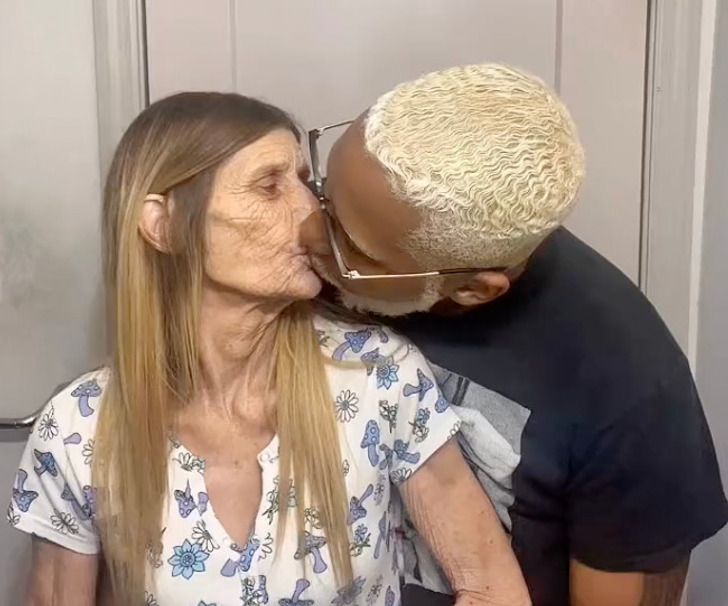
This new addition will make McGregor a mother of eight – she already has seven children in their 30s and 40s, as well as 17 grandchildren. However, the road to this latest family expansion has not been without its challenges.

Last year, the couple’s initial surrogacy attempt was fraught with heartache after the surrogate allegedly breached their contract by having unprotected sex with her partner while the egg was being fertilised. “It just feels like we’re always getting screwed over,” McCain said at the time.
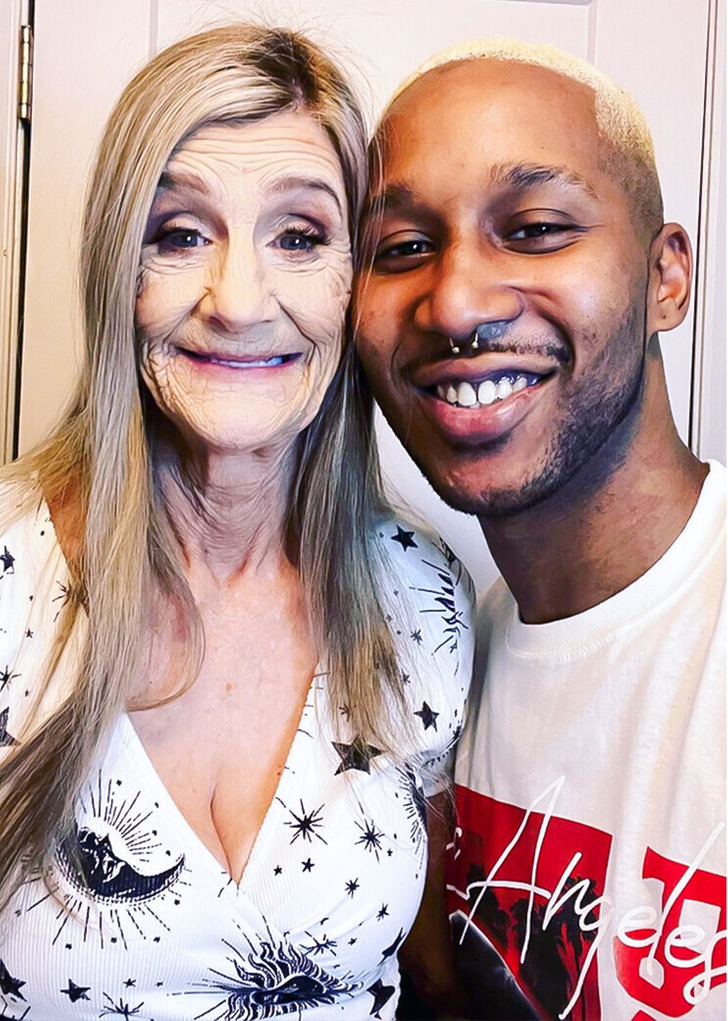
Reflecting on their journey, McCain noted, “At the moment it does feel like people are reaching out to us for the wrong reasons. We’re completely broke. We don’t get paid for our content. And then the surrogate goes and bleeds us dry.” He shared how they had supported their first surrogate financially, only to have the process fall through.

In spite of their trials, the couple’s relationship has remained strong since they reconnected in 2012. McCain first met McGregor while working in a fast food restaurant managed by her son Chris. Romantic feelings blossomed years later after McCain comforted McGregor when she faced negative comments on a TikTok video.
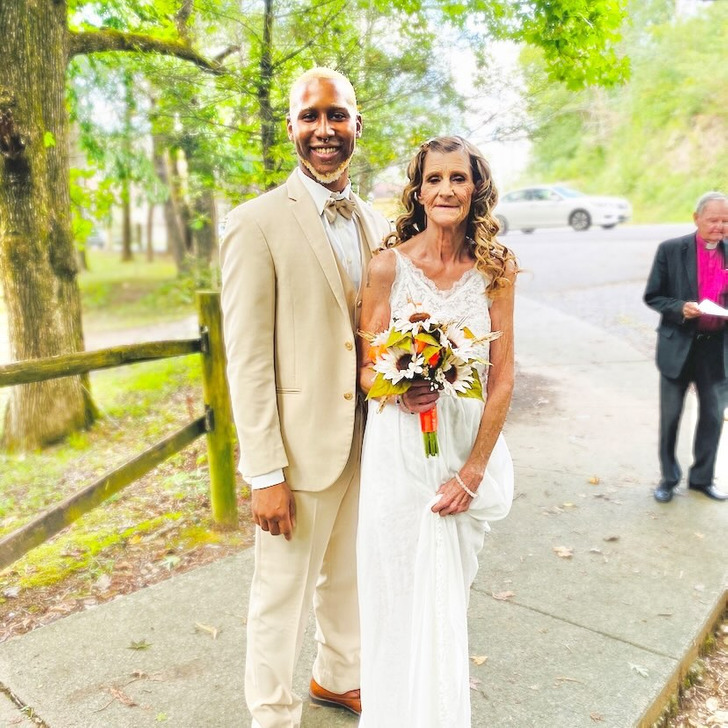
As news broke about Cheryl McGregor and Quran McCain’s surrogacy journey, social media users expressed a mix of surprise, curiosity, and well-wishes:
- “How is this possible?” questioned one user, echoing the confusion of many about the unconventional pregnancy announcement.
- “Congrats, but how?” another comment read, highlighting the curiosity surrounding the 63-year-old grandmother’s path to parenthood with her 26-year-old husband.
- One follower admitted their shock, sharing, “My jaw dropped….”
- Another fan asked what was on everyone’s minds: “IS THIS REAL?!”
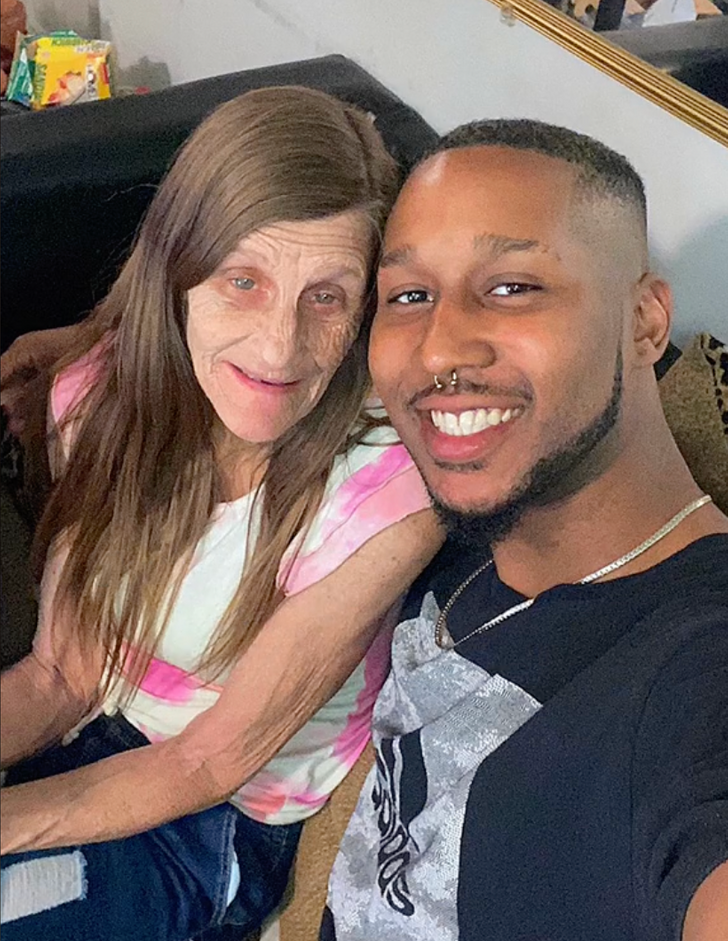
The pair began posting videos together, documenting their relationship milestones — including McCain’s romantic proposal at an Olive Garden restaurant in July 2021. Now, their latest chapter will see them become parents together for the first time.

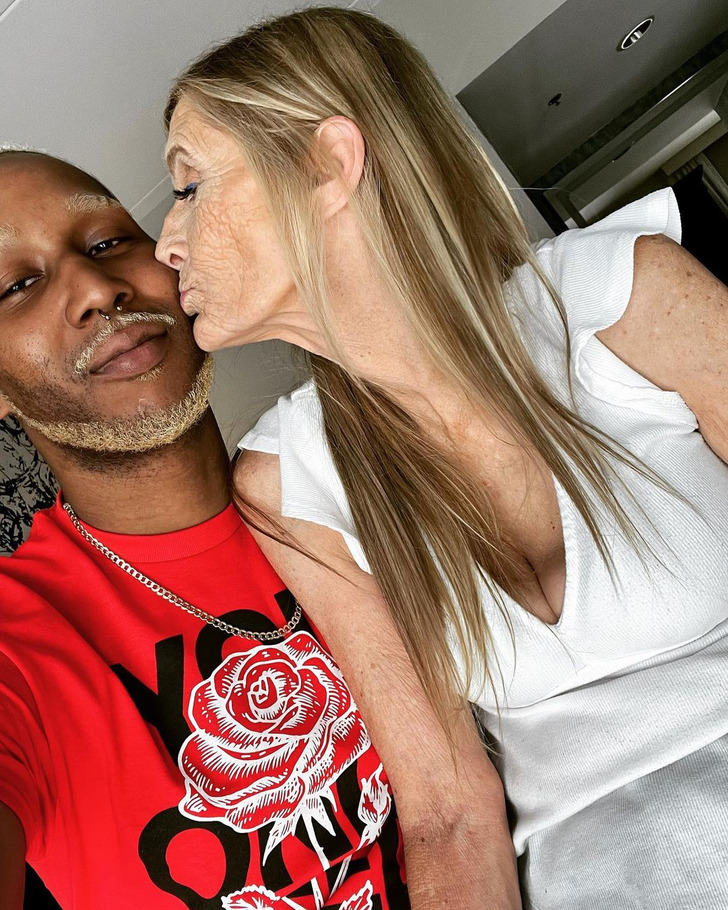
As the dust settles on this controversial couple’s surprising pregnancy announcement, we’re reminded that love knows no boundaries. Stay tuned for our upcoming feature on 16 famous couples who proved that age is just a number when it comes to matters of the heart.



Leave a Reply